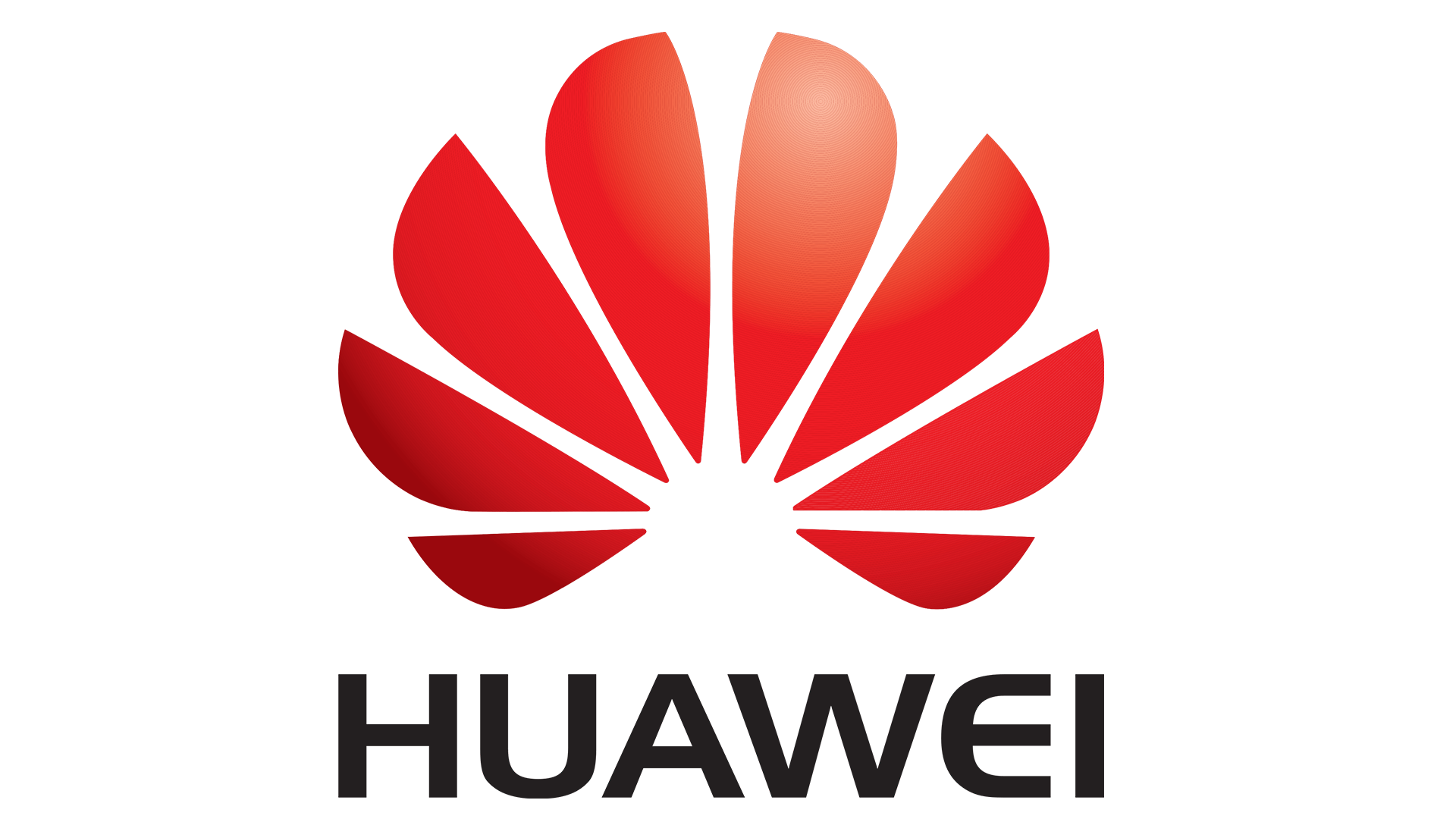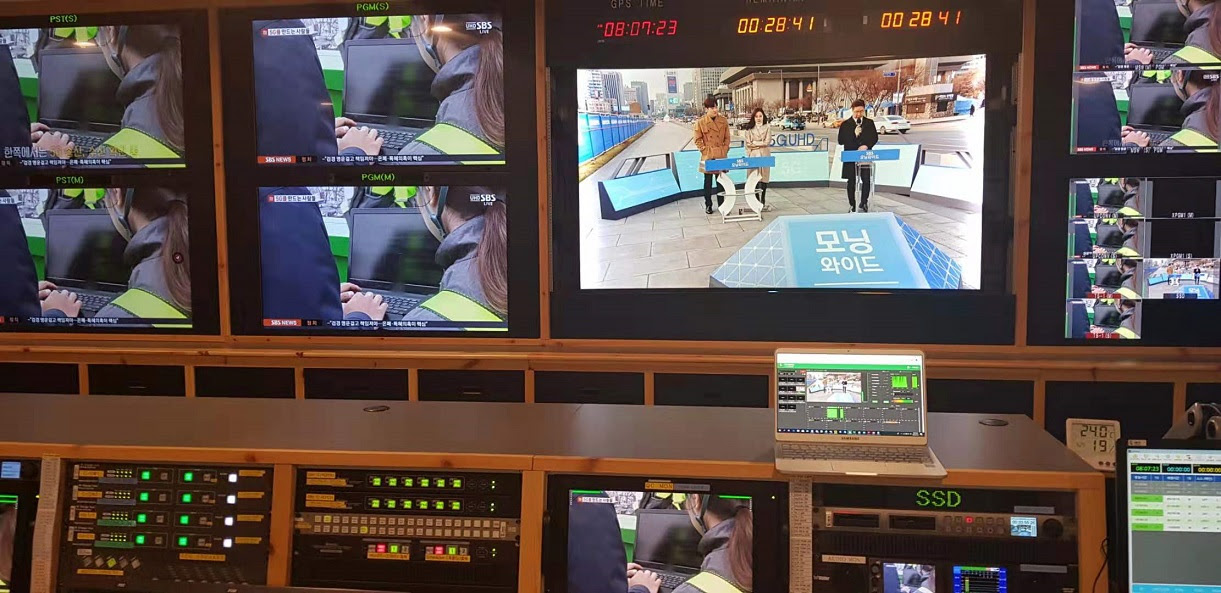Is 5G Evolving into Broadcast TV?
BETHESDA, Md.—When reports surfaced early last month that Huawei—the giant Chinese telecom manufacturer, best known for its infrastructure equipment and handsets—is planning to make 8K television receivers for 5G video transmissions, fear and skepticism popped up around the globe. Why would a company with a limited consumer electronics presence (aside from handsets, of which it is a world-leader) plunge into the competitive and low-margin TV receiver business? Would the Huawei initiative—if true—affect the dynamics of 5G video distribution? Moreover, given the current political scrutiny around the company (and the U.S. barriers to distribution here), would any 5G TV devices actually be allowed to go to market in the U.S. and other Western countries?

Huawei was quick to deny the reports, which originated from Japan's Nikkei Asian Review. Nikkei said that the Chinese electronics giant was working on an 8K receiver using its own built-in 5G chip that could download data-heavy content, including virtual reality and 360-degree immersive video.
‘WE DON’T DO TV’S’
A senior official at Huawei's U.S. arm told TV Technology, "We don't comment on industry rumors or speculation." Separately, Huawei executives were quoted in Chinese business publications insisting that, "We don't do TVs."
But his further comment—"A big-screen terminal does not necessarily mean a TV"—was parsed into a challenge of whether Huawei is playing with words. Industry analysts in China wondered if Huawei is actually making a TV-like device but will call it by another name. Others cited Huawei's expansive Internet of Things strategy, noting that a high-capacity 5G monitor (as well as mobile devices) could be part of that IoT roadmap—without actually being a conventional TV set.
Another senior U.S. technology expert, who requested anonymity, pointed out that Huawei "certainly has the technology to make it happen," although he acknowledged that "it's not clear what the need is, especially in the U.S."
"You can’t count on the TV being in a location with good 5G reception," he told TV Technology. "Maybe it'll work in urban areas in China."
Get the TV Tech Newsletter
The professional video industry's #1 source for news, trends and product and tech information. Sign up below.
Indeed there is already considerable speculation that Huawei would make the Ultra High Definition 5G TV receiver initially only for China and possibly other Asian markets—that it would not try to crack the competitive U.S. or European regions, at least not initially. Samsung and Sony have already announced plans for 8K monitors—albeit not with 5G capability. Their initial prices are in $5,000-$70,000 range, depending on size.
COMPLEMENTARY, NOT COMPETITIVE
No matter what eventually emerges from the Huawei TV tease, other developments augur a lively evolution for 5G's relationship with the conventional broadcast TV industry. From Korea to Germany—with hints of U.S. projects in the works—5G TV is emerging as a viable companion to the broadcasters’ ATSC 3.0 (aka “Next Gen TV”) platform.
Madeleine Noland, the new president of the Advanced Television Systems Committee, said that she doesn't perceive 5G as a competitor to "next-generation terrestrial broadcasting using ATSC 3.0 technology."
"ATSC considers the two transmission systems complementary," she said. "Each has benefits in terms of a variety of factors, things like efficiency, coverage, robustness and so on... We think the one-to-many architecture of terrestrial broadcasting and the big, robust data pipe of ATSC 3.0 make Next Gen broadcasting ideal for many applications.
"That said, down the road we envision service providers delivering data and video via the platform best suited to each given use case, and to devices that are equipped to receive data via multiple delivery methods,” Noland added.
Mark Aitken, vice president of advanced technology for Sinclair Broadcasting—who has advocated collaboration between 5G and ATSC 3.0 technology—said he "certainly can see 5G receivers playing a role as the fiber/cable alternative ‘from the curb to the home.'" Although he said he had no inside knowledge about the presumed Huawei plan, he expects such integrated devices to emerge.
"It would not surprise me to see a product like [a 5G TV receiver] that also incorporates an ATSC 3.x receiver as a gateway device, making available content from both wireless connections for distribution through the home/office," Aitken said. He foresees a "network hub" device that uses the home network (wired and/or wireless) as the distribution platform.
"We have a roadmap for the chip that may yield a 5G/ATSC 3.x integrated SoC [system-on-a-chip]," said Aitken, who also holds roles at Sinclair-affiliated technology companies ONE Media and the India-based semi-conductor maker Saankhya Labs.
"If there is a market, we will chase it," he said.
5GTV TESTS UNDERWAY
Meanwhile, other initiatives to marry 5G and advanced TV platforms are emerging around the world.

A German broadcast TV field trial dubbed "5G Today" debuted in early May. The project in the Bavaria region is a collaboration of the Bavarian Broadcasting Corporation, IRT, Kathrein, Rohde & Schwarz and Telefonica Germany. Its backers say that it could lay the foundation for the efficient transmission of broadcasting content to millions of future 5G devices.
Using the new broadcast mode FeMBMS (Further evolved Multimedia Broadcast Multicast Service), 5G Today is expected to transmit signals out to about 60 km on Single Frequency Network channels 56/57 (750-760 MHz). Telefonica Germany is making the appropriate frequencies available for the trial. The project will test how 5G broadcasting can be used to create an overlay infrastructure that simultaneously reaches millions of 5G mobile devices in a way that is neither a burden to the regular mobile networks or which puts extra costs on consumers, according to the consortium that is running the test.
In South Korea, KT Corp. (formerly Korea Telecom) began offering a full-scale 5G IPTV service through set-top boxes and mobile devices in April, following more than a year of trials and special events (such as the 2018 Winter Olympics). Seoul Broadcasting Systems is working with KT to develop broadcast capabilities for the 5G technology. Under the new agreement, TVU Networks will work with KT Corp. to deliver UHD broadcasts over KT’s 5G enterprise network. Under terms of the agreement, KT and TVU Networks will work collaboratively to establish an enterprise 5G network and related broadcast capabilities in Korea.
These developments come as more research surfaces about the collaborative prospects for 5G and advanced broadcasting. The Ericsson Consumer and Industry Lab issued a "5G Consumer Potential" report last month in which it concluded that, "Consumers themselves predict massive changes in future usage on 5G, with video consumption set to peak."
In particular, Ericsson pointed out the cord-cutting appetite that 5G video will serve.
"Consumers in the U.S. would prefer to cut the cord from cable TV and instead use streaming services via 5G," according to the report. "Chinese consumers expect to live in a 5G-connected smart home; and South Korean consumers would love to go shopping in mobile Virtual Reality"
"Four in 10 [Americans] state that 5G home wireless broadband would be a strong incentive to cut their ties with cable TV, as it would then come bundled in with streaming services," Ericsson explains. "5G home wireless broadband offers an additional broadband choice to users if consumers are made aware of this alternative."
Although many of the respondents in Ericsson's analysis still think of handsets as their major vehicle for video consumption, the study opens the door to 5G delivery to other monitors.

"Consumers expect to increase their video usage drastically with 5G," says Ericsson. "Half of smartphone users in our survey say they will start watching YouTube and Netflix in 4K and will download more HD video content once 5G is available… One in five say that they could spend more time [watching streamed videos] provided that devices improve in screen size and battery life [and] data plan allowances."
WHAT HUAWEI COULD DO
The Ericsson finding brings the focus back to the impact of Huawei's reported plan to accelerate video delivery to a home monitor via 5G. The company holds more than 1,500 patents for 5G technology—about twice the number of Qualcomm, its largest U.S. competitor, according it IPlytics, a German intellectual property research firm.
Huawei also has strong relations with wireless telecom operators (especially in China), which will support a 5G video service. These existing connections would help Huawei install 5G base stations and small-cell stations within a region—part of the ecosystem needed for 8K delivery, according to C.Y Yao, a technology analyst at TrendForce, a Taipei research company, quoted in Asian publications.
In addition, Huawei has extensive connections in the TV business, as a supplier of chips to receiver manufacturers such as Hisense, Skyworth and Changhong. In particular, its modem chips will be essential for 5G service. Analysts believe that Huawei would work with Chinese or Korean suppliers of large-screen displays, although no specific speculation has yet emerged.
Most significantly, the 3rd Generation Partnership Project (3GPP), a standards organization affiliated with the International Telecommunications Union, is working on 5G standards and an evolved IP Multimedia Subsystem. More than a year ago, 3GPP initiated a program seeking "improved support for television services to both mobile devices and stationary TV sets over eMBMS (enhanced multimedia broadcast and multicast system)." The goal is to let mobile/wireless operators deliver "superior TV services" via their networks.
As one observer put it, Huawei's move toward a 5G 8K project would expand its brand into a new market and boost its role in the evolving ecosystem.
Gary Arlen, a contributor to Broadcasting & Cable, NextTV and TV Tech, is known for his visionary insights into the convergence of media + telecom + content + technology. His perspectives on public/tech policy, marketing and audience measurement have added to the value of his research and analyses of emerging interactive and broadband services. Gary was founder/editor/publisher of Interactivity Report, TeleServices Report and other influential newsletters; he was the long-time “curmudgeon” columnist for Multichannel News as well as a regular contributor to AdMap, Washington Technology and Telecommunications Reports; Gary writes regularly about trends and media/marketing for the Consumer Technology Association's i3 magazine plus several blogs.

